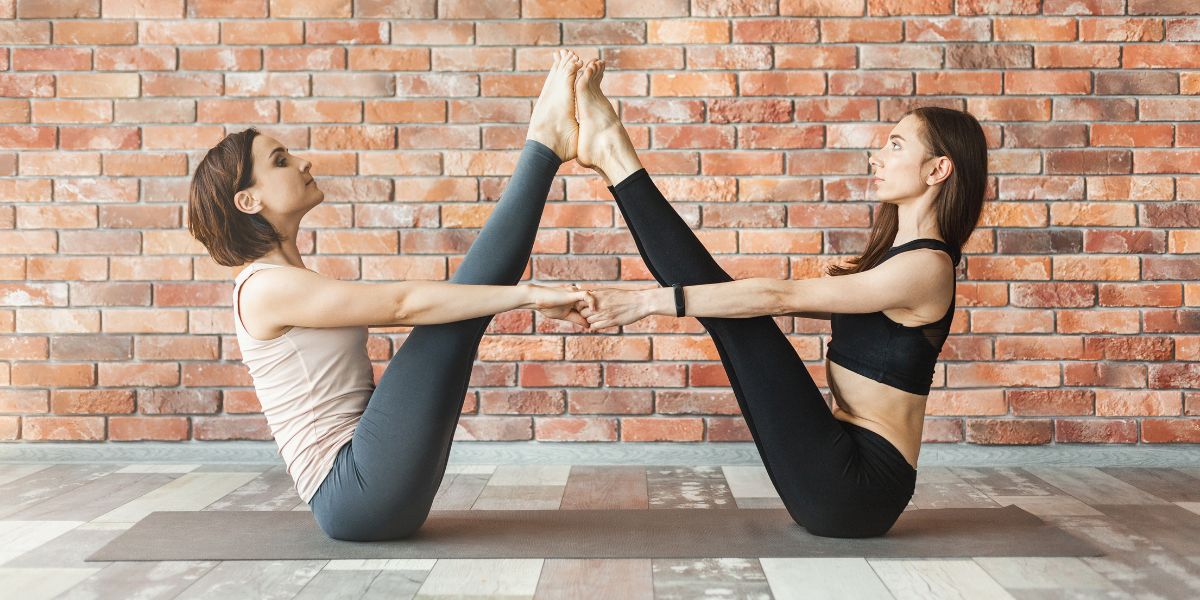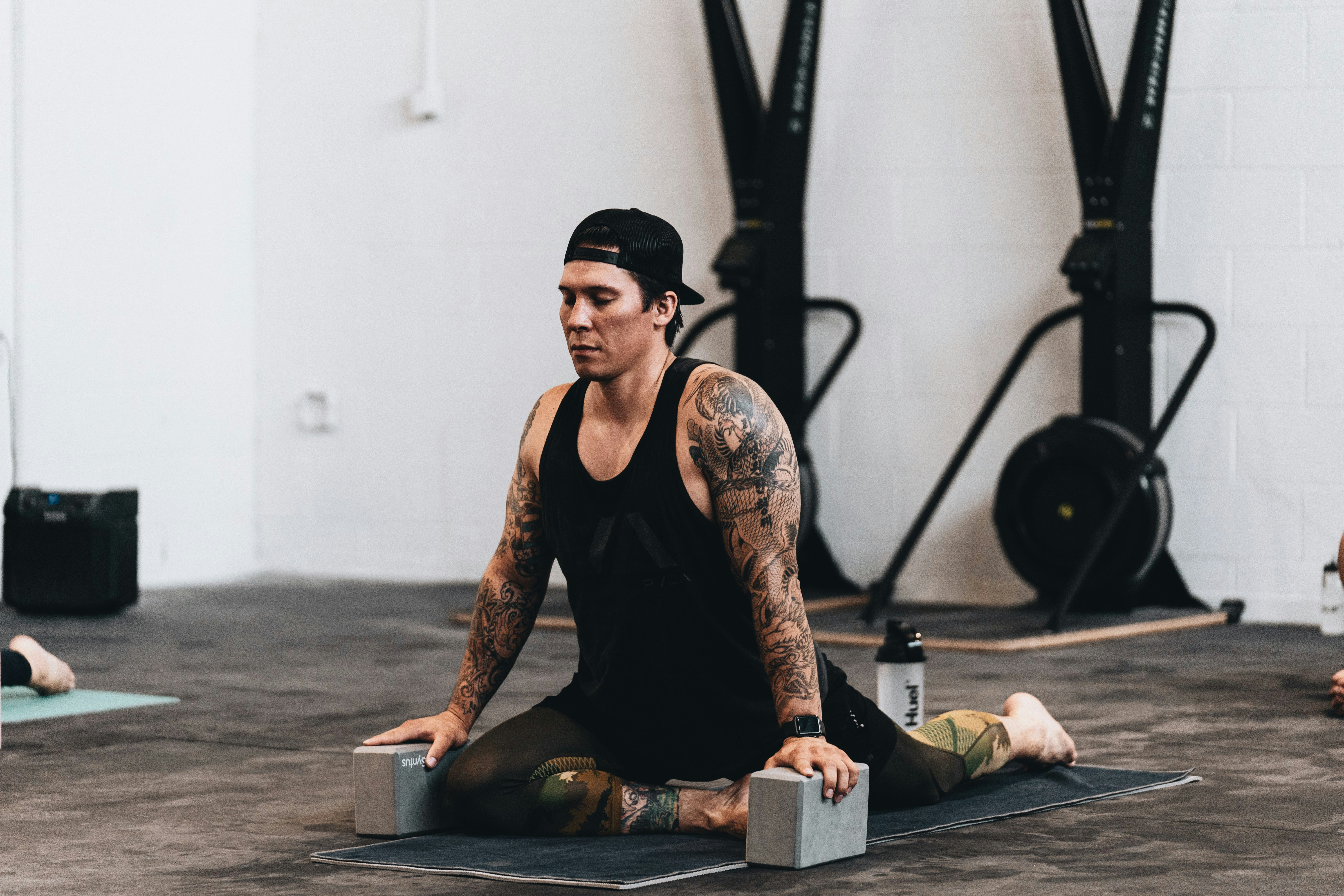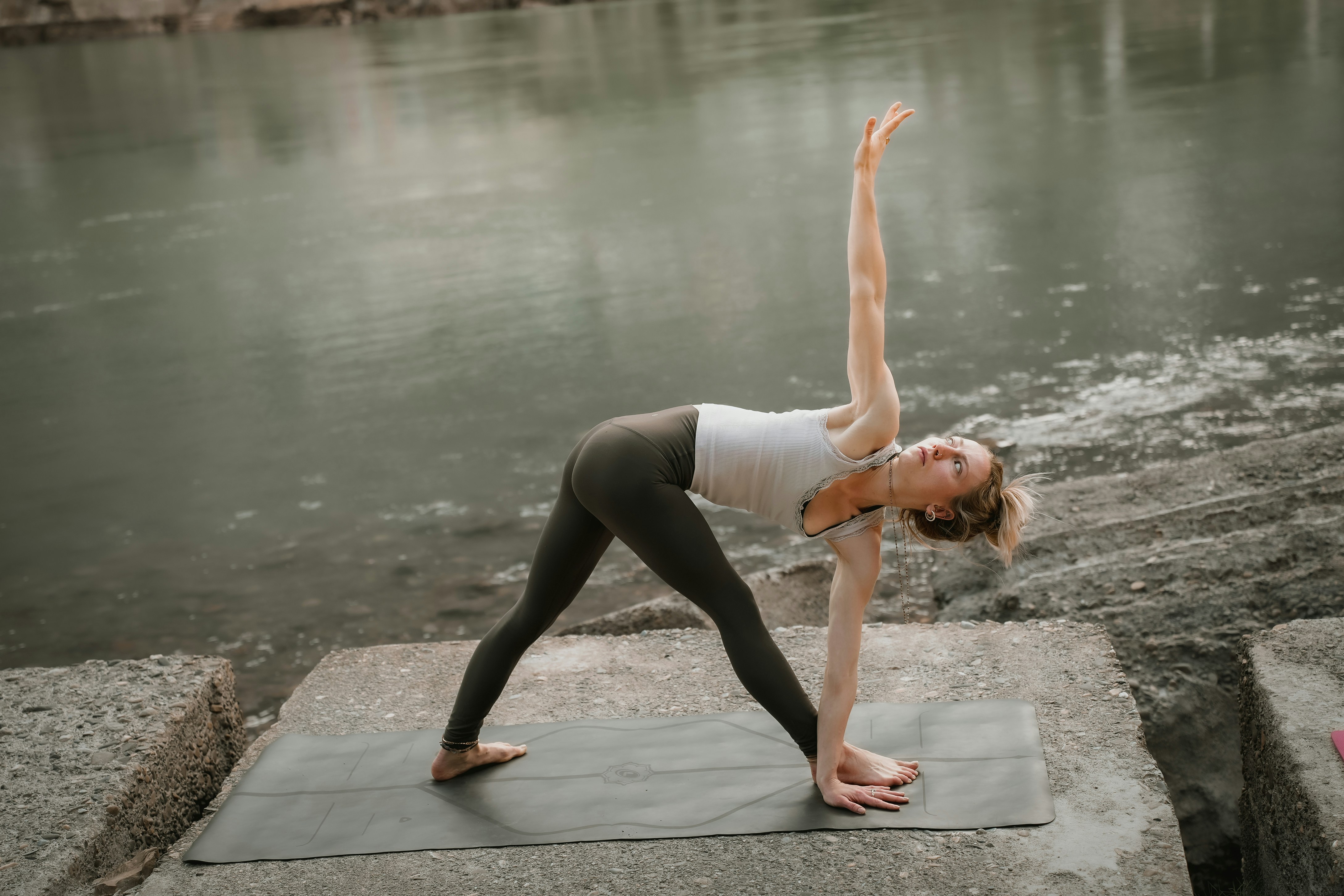The Yoga League
How to Stay Injury Free in Yoga Practice

Yoga has been an essential part of my life for many years. It’s helped me find strength, flexibility, and peace within myself. But like any physical practice, yoga carries the potential risk of injury, especially if you aren’t mindful of how you practice. Over time, I’ve discovered some key strategies on how to stay injury free in yoga practice. In this article, I’ll share with you the lessons I’ve learned and the practices I’ve adopted to keep my body safe while reaping the benefits of yoga.
Be Mindful of Your Body’s Signals
The first step in how to stay injury free in yoga practice is listening to your body. Our bodies have unique limits, and it’s crucial to understand them. Early in my yoga journey, I was focused on reaching new milestones and mastering challenging poses. However, I quickly realized that pushing my body too hard often resulted in discomfort and, at times, injury. It became clear to me that tuning into my body and understanding when to push and when to rest is essential for a sustainable yoga practice.
Yoga is not about performing the perfect pose. Rather, it’s about the journey, the process, and how it feels in the moment. I’ve learned that each day I practice, my body feels different. Some days I’m more flexible and can move deeper into poses, while other days I may need to take it slower and focus on gentler stretches. Paying attention to these subtle changes is key to preventing injury.
Warm-Up Before You Start
It’s easy to skip a warm-up, especially when you’re eager to get into your yoga session. However, I’ve found that warming up properly has made a huge difference in how I feel during and after my practice. Warming up prepares my muscles and joints, reducing the risk of strains and sprains. A good warm-up helps increase blood flow to the muscles, lubricates the joints, and primes the body for deeper stretches.
I usually start with gentle movements like a few rounds of Sun Salutations to activate the whole body. Then, I move into some stretches focusing on areas that tend to get tight for me, like my hamstrings, shoulders, and hips. Taking the time to warm up ensures that I’m not rushing into more intense poses with cold muscles, which is a key part of how to stay injury free in yoga practice.
Focus on Proper Alignment
Proper alignment is one of the most important aspects of any yoga practice, and it’s something I’ve worked hard to understand. Early on, I was more concerned with how a pose looked rather than how my body felt in that pose. Over time, I learned that achieving the perfect visual alignment is less important than maintaining the right alignment for my body’s structure.
Each pose in yoga should be executed with mindfulness to ensure that the body is in a position that avoids unnecessary strain. For example, in poses like Warrior II, I focus on keeping my knees aligned with my toes and my shoulders relaxed. In Downward-Facing Dog, I make sure that my wrists are directly under my shoulders and my hips are lifted toward the sky. Proper alignment helps distribute the body’s weight evenly, reducing the chance of injury.
Use Props to Support Your Practice
Another valuable tool I’ve embraced over the years is using props. In the past, I viewed props as something only beginners needed, but I’ve come to understand that they’re beneficial for everyone, no matter the experience level. Props, like blocks, straps, and blankets, can make certain poses more accessible, deepen stretches, and provide extra support to prevent overextending or straining muscles.
For example, when practicing forward bends, I often use a yoga block under my hands or forehead. This modification helps me lengthen my spine without over-stretching my lower back. When working on hip openers, I use a strap around my foot to gently pull myself deeper into the stretch without forcing the movement. Props give me the opportunity to practice with proper alignment while ensuring that I’m not pushing my body too far.
Avoid Overexertion and Listen to Your Limits
One of the most important lessons I’ve learned about how to stay injury free in yoga practice is knowing when to take a break. It’s easy to get caught up in the flow of a class or to feel pressure to keep up with others, but pushing through fatigue can quickly lead to injury. Yoga is a practice of self-care, and it’s essential to honor your body’s needs.
When I feel fatigued or notice tension in a particular muscle, I take a moment to rest. Whether it’s Child’s Pose, Savasana, or simply sitting on my mat and breathing deeply, resting gives my body the chance to recover and replenish its energy. It’s also important to avoid overexerting myself, even on days when I feel like I have more energy to give. Consistently practicing with respect for my body’s boundaries is one of the most reliable ways to stay injury free.
Practice Mindfulness in Your Movements
Yoga is deeply rooted in mindfulness, and this is something I strive to integrate into every aspect of my practice. Being mindful in yoga means staying present and aware of how my body feels during each movement. I’ve noticed that when I rush through a sequence or become distracted, I’m more likely to lose alignment and forget the essential connection between breath and movement. This can lead to injury.
When I’m mindful of my movements, I pay close attention to my body’s sensations, my breath, and my intentions behind each pose. Each transition is made deliberately, with the goal of maintaining a safe range of motion and an awareness of how my body is reacting. Breath work plays a huge role here, as it allows me to stay centered and focused. By moving slowly and mindfully, I can reduce the risk of injury and create a deeper, more fulfilling practice.
Know When to Seek Guidance
Sometimes, we need external help to deepen our understanding of proper alignment or technique. When I first started yoga, I took group classes, but as I advanced, I found it incredibly helpful to take private lessons with an experienced instructor. This personalized attention helped me refine my practice and correct any misalignments that could have led to injury.
Even now, I occasionally attend workshops or retreats focused on specific aspects of yoga, like alignment or injury prevention. These experiences offer an opportunity to refine my practice, ask questions, and receive feedback from knowledgeable instructors. Getting expert guidance has been invaluable in learning how to stay injury free in yoga practice.
Conclusion
Ultimately, how to stay injury free in yoga practice is all about developing a mindful, balanced approach. Yoga isn’t a race or a competition—it’s a personal journey. By being aware of your body’s limits, focusing on alignment, using props for support, listening to your body’s signals, and practicing mindfulness, you can significantly reduce your risk of injury. Yoga is a lifelong practice, and the more we care for our bodies and listen to our intuition, the longer we can enjoy its many benefits.










